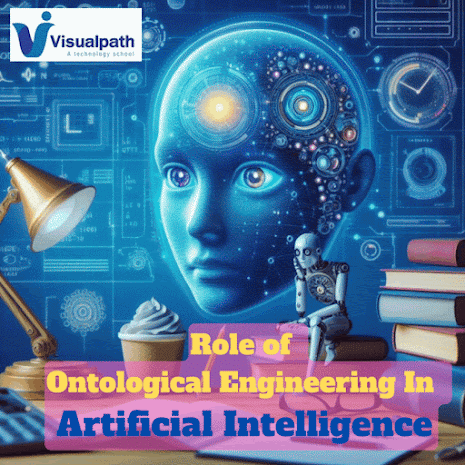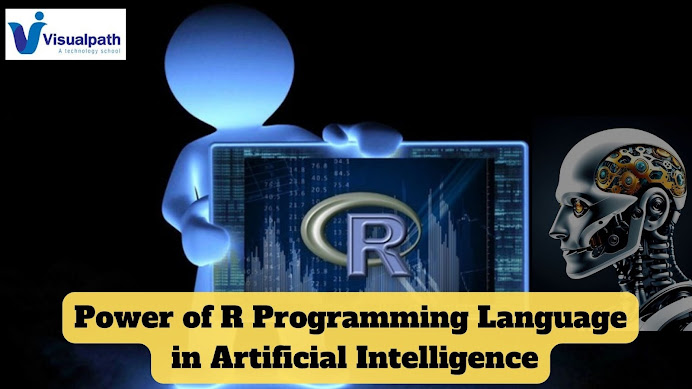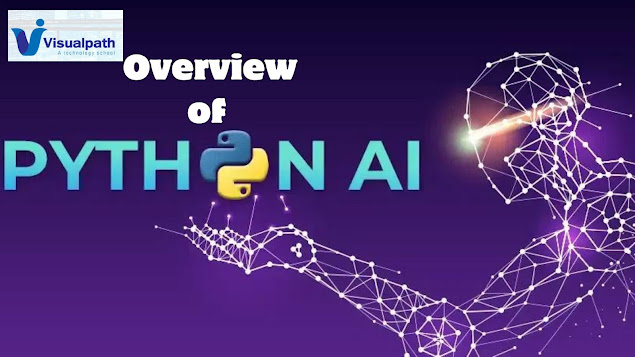First-Order Predicate Logic in Artificial Intelligence

First-order logic (FOL), also known as predicate logic, serves as a foundational framework for representing and reasoning about knowledge in artificial intelligence (AI). It provides a formal language for expressing relationships, properties, and constraints within a domain, enabling AI systems to perform complex reasoning tasks. Let's explore the significance and applications of first-order logic in AI. Artificial Intelligence Online Training Fundamentals of First-Order Logic: In first-order logic, propositions are expressed using variables, constants, predicates, and quantifiers. Predicates represent relationships or properties, while quantifiers, such as "forall" ( ∀ ) and "exists" ( ∃ ), specify the scope of variables. First-order logic allows for the formalization of logical rules and inference mechanisms, enabling AI systems to derive new knowledge from existing knowledge bases. AI Training In Hyderabad Applications of First-Order Logic in AI: ...


.jpg)
